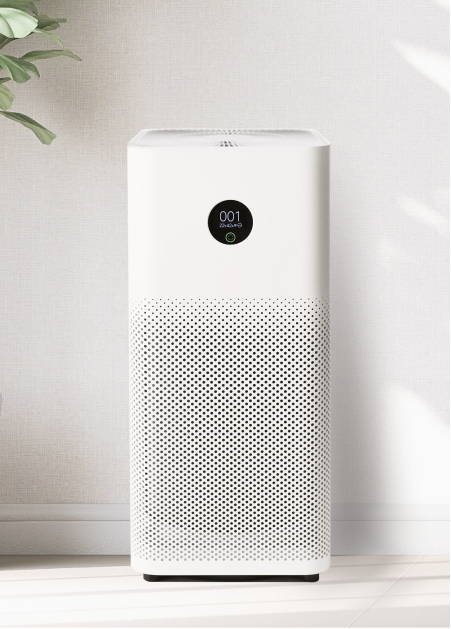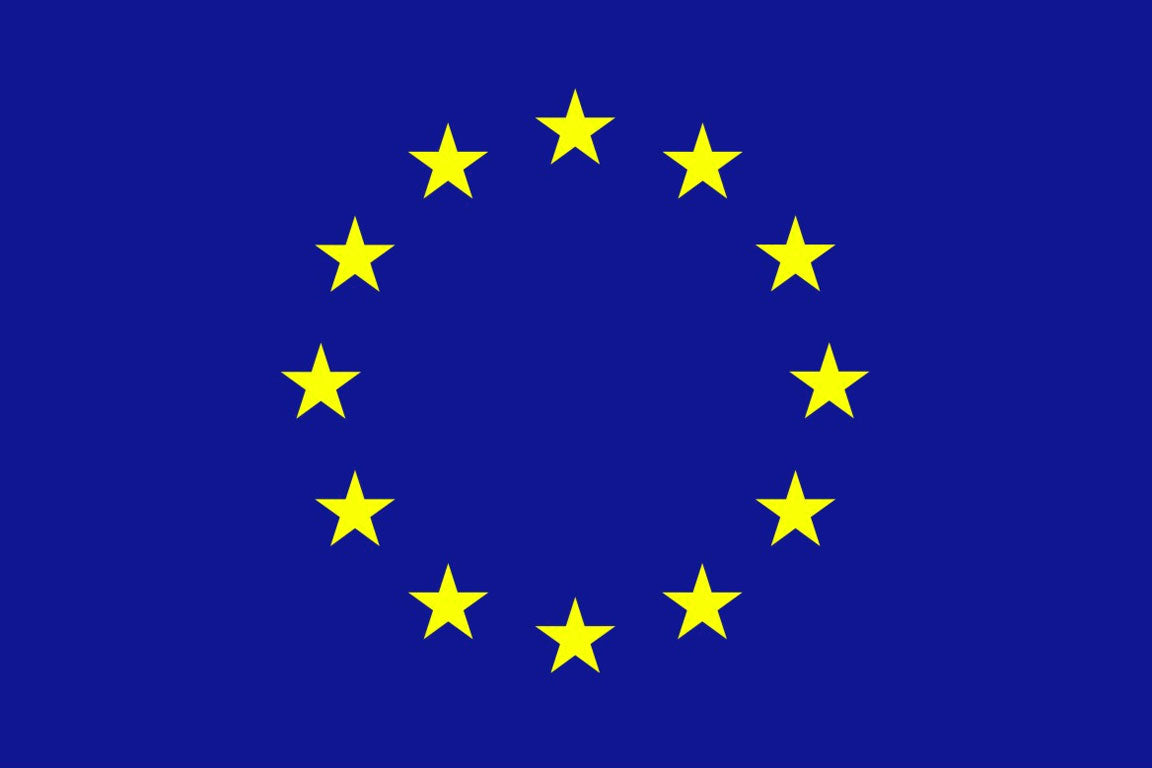
BRIGHT: Boosting DR through increased communIty-level consumer engaGement by combining Data-driven and blockcHain technology Tools with social science approaches and multi-value service design
The BRIGHT project concept envisions a novel community-centred social, technological and business ecosystem which combines social science user experience design, DLT/blockchain/smart contracts technology enablers and cross-domain value stacking service design and innovative business modelling at the interplay among different energy carriers, different energy stakeholders, different domains.
The actual increasing trend for larger penetration of intermittent RESs at grid edge for increasing electricity system decarbonisation has posing an increasing need for flexibility to better balance supply and demand. Among the different options DR represents a viable option for providing larger share of flexibility through the control of electricity consumption within end customer premises (a.k.a. load flexibility), either by time-scheduling or power-modulating the loads. Examples of this include the use of smart thermostats for heating control, intervening the operation of water heaters, and controlling the charging of electric vehicles (EV). The importance of such DR schemes is on the rise as the grid faces issues with the balancing of wind and solar generators that can go on and off with the weather. Achieving significant impacts of load flexibility schemes will however require the dispatching of set-points to a greater number of assets and during a broader timeframe during the day. This inherently requires the introduction of new customer engagement strategies and underlying measures. The decentralized (renewable) energy production and digitalization allow for new ways for consumer engagement in the energy transition, for example through energy cooperatives, peer-to-peer trading and citizen energy communities. The new EU energy regulation provides enabling framework for citizen energy communities (CEC) as well as renewable energy communities (REC). These technological and institutional (regulatory) transformation will drive the end-user activation in DR, yet, there also remains the trickiest part of the consumer engagement process. Consumers engagement is seen as one of the effective tools to unlock DR potential, and LEC (collectives) are considered as one of the effective means towards active consumer engagement. The key is to ensure that the consumers/prosumers/local communities take the front seat and co-create innovations that enable citizens/communities to play an active role in enacting DR mechanisms that are aligned with their values and expectations. BRIGHT vision is for a multi-layered community-centred cross-domain adaptable implicit and explicit multi- timescale DR supporting ecosystem which combines:
• Social-science-driven user experience design, and social acceptance facilitation for end user behaviour, motivations categorization and monetary/non-monetary incentive magnitude design for end user’s engagement in DR within a community;
• Individual and community-level DTs’ models and tools where user experience and social incentive designs for end user motivations and relevant categorization dimensions may be alternatively combined with: coupled data-driven end users and flexibility assets models to provide improved consumer predictability within a centralized VPP governance model; P2P DLT/blockchain/smart contracts enablers for capturing intra-community interaction dynamics within a decentralized VPP configuration supporting community aggregation mechanisms; hybrid intermediate partially decentralized VPP configurations where some preliminary prosumers aggregations will be defined by leveraging on DTs model, complemented by a decentralized intra-community P2P privacy-preserving information sharing and reciprocal negotiation among the pre-selected prosumers with a view to combine the top-down aggregation governance with the bottom-up community-level internal dynamics cross-flexibility markets and cross-commodity value stacking flexibility management algorithms o cross-domain energy and electricity fingerprinting non-energy services design along hybrid value chains at the interplay among energy (power, heat, gas), mobility, health (comfort), smart home (AAL, personal safety), with a view to design cross-value chain DR-centred business models which enable increased consumers’ DR participation and hence enable better grid management, while contributing to electricity grid reinforcement deferral and hence achieve lower energy prices for consumers. Emotion will be the responsible partner for e-Mobility in the Italian pilot activities related to LEC, CEC & COM decentralized flexibility aggregation and mobility energy services for optimal DER integration.






